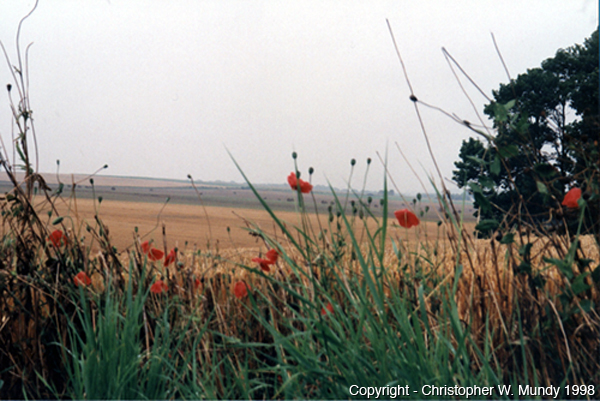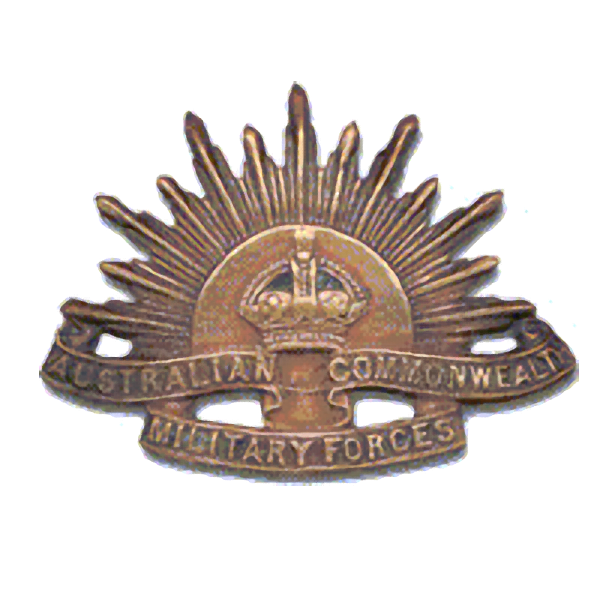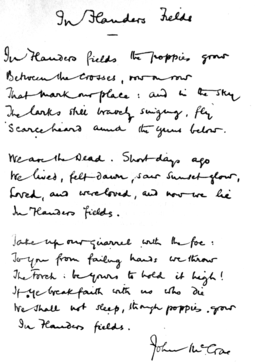Along the roads and fields of Northern France red poppies grow.

The poppy has a long association with Remembrance Day and World War 1. So how did the small red poppy become such a powerful symbol of remembrance?
The Red Poppies, scarlet corn poppies (popaver rhoeas) are a natural growing flower through northern France and Belgium.
After the destruction brought by the Napoleonic wars of the 19th Century, the battlefields were transformed with blood red poppies, growing around the bodies of fallen soldiers.
When World War 1 erupted, Northern France fields were damaged from the trenches and the shelling. After the conflict, the only plants to grow on the battlefields were poppies.
The significance of the poppy came about due to a Canadian Surgeon John McCrae writing a poem. McCrae presided over the funeral of his friend Lieutenant Alex Helmer who’d been killed during the Second Battle of Ypres.
He wrote the poem as he sat upon the back of a medical field ambulance, not far from an advance dressing post at Essex Farm, just north of Ypres.
McCrae later discarded the poem, however,a fellow officer sent it to Punch magazine. Later that year it was published.
In Flanders Fields
In Flanders fields, the poppies blow
Between the crosses, row on row,
That mark our place and in the sky
The larks, still bravely singing, fly
Scarce heard amid the guns below.
We are the dead, short days ago,
We lived, felt dawn, saw sunset glow,
Loved, and were loved, and now we lie
In Flanders fields!
Take up our quarrel with the foe:
To you from failing hands, we throw
The torch; be yours to hold it high.
If ye break faith with us who die
We shall not sleep, though poppies grow
In Flanders fields!
By John McCrae [Public domain], via Wikimedia Commons

